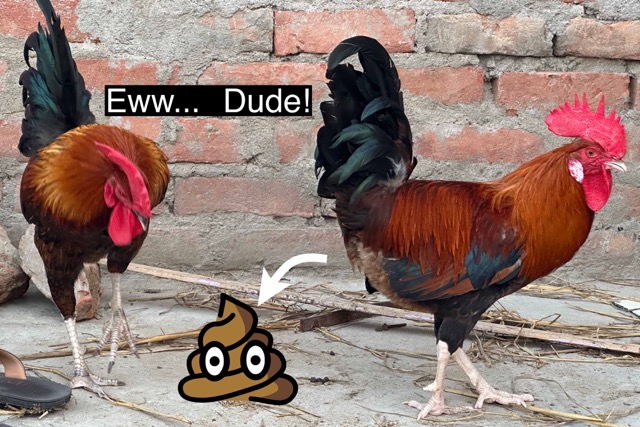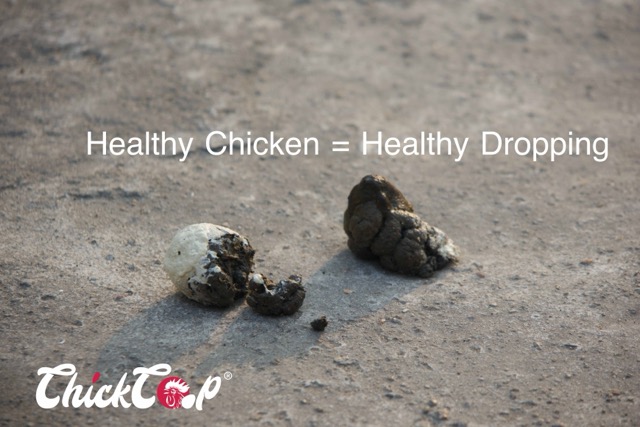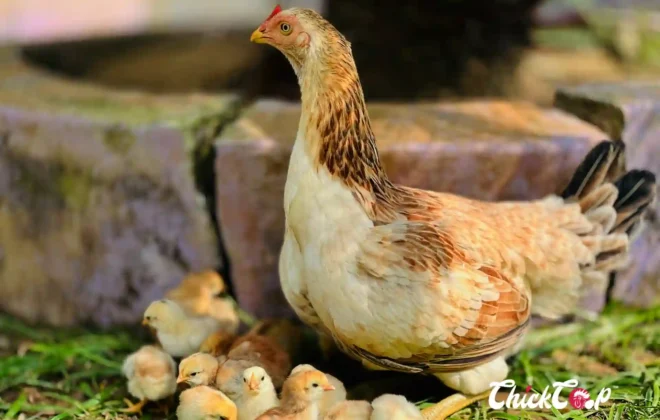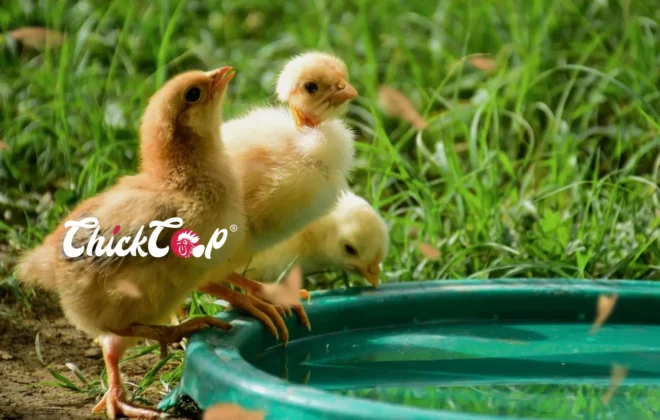
What a Chicken Sh**T 💩 Has to Say?
When it comes to raising healthy chickens, most farmers and backyard keepers focus on feed, water, housing, and egg production. But there’s one often-overlooked indicator that speaks volumes about your flock’s health: chicken droppings.
Yes—you can learn a lot just by observing what your chickens leave behind! From diet balance to early disease warnings, droppings provide vital clues every poultry keeper should pay attention to.
The Two Main Types of Droppings
Chickens produce two distinct kinds of droppings:

1. Regular Droppings
- Firm, grayish-brown in color
- Capped with a white chalky layer (urine salts, called urates)
- Makes up most of what you see under perches and around the run
2. Cecal Droppings
- Occur about once in every ten droppings
- Softer, stickier, and stronger-smelling
- Colors range from mustard yellow to chocolate brown to greenish-brown
Both types are normal. The key is knowing when droppings look abnormal.
What’s Inside a Dropping?
Droppings are a mix of:
- Undigested feed
- Intestinal bacteria
- Digestive enzymes
- Metabolic by-products
- Water
Fresh droppings are about 80% water, which is why they contribute to coop humidity and odor. As they dry, they lose up to 80% of their weight.
Monitoring the moisture levels in droppings can give insights into both hydration and gut health.
How Much Droppings Do Chickens Produce?
On average, chickens produce 1.15 pounds of droppings for every pound of feed consumed. This means droppings pile up quickly—especially in larger flocks.
Here’s how much waste you can expect based on breed type:
| Types of Chicken Breeds | Period | Fresh | Aged |
| Hybrid or Broilers | Total | 11.5 lb (5 Kg) | 4 lb (2kg) |
| Non-Hybrid Broiler | Total | 23lb (10.5 Kg) | 8lb (3.5 Kg) |
| Bantam | Annually | 30 lb (13.5 Kg) | 10lb (4.5 Kg) |
| Light Breed | Annually | 120 lb (54.5 Kg) | 40 lb (18Kg) |
| Mid-Weight Breed | Annually | 180 lb (82 Kg) | 60 lb (27 Kg) |
| Heavy Breed | Annually | 240 lb (109 Kg) | 80 lb (36 Kg) |
This breakdown is not just important for waste management, but also for manure collection—a valuable fertilizer if handled correctly.
When Droppings Signal Trouble
While most droppings are routine, abnormal ones can mean trouble:
* Bright yellow or green: Possible infections or liver issues
* Bloody: Could be coccidiosis
* Watery: Often dehydration, especially in summer heat
* Odd colors (blue, neon green): May be linked to diet or toxins
Quick action is vital—what starts with one sick bird can spread rapidly.
Why You Shouldn’t Ignore Droppings
Droppings aren’t just waste—they’re warning signs, management tools, and fertilizer opportunities. But knowing how to interpret them takes experience.
If you’ve noticed unusual droppings in your flock, don’t guess. Get expert advice before small issues turn into costly outbreaks.
Call us today for professional guidance on poultry health, disease prevention, and manure management strategies tailored to your farm.
At ChickCoop®, we’re more than just a Chicken Company, writing interesting blogs about them– we’re your trusted partner in building a modernized, sustainable and profitable farm. From breed selection to buy-back support, feed guidance, and modern farm management tips, we ensure farmers like you achieve the best results and profits.
Call us today to discuss your farming needs
📧 Email us at: write@chickcoop.in
📞 Call us: +91-9939209699
Healthy droppings mean healthy chickens—and healthy chickens mean a profitable farm. 🐓


